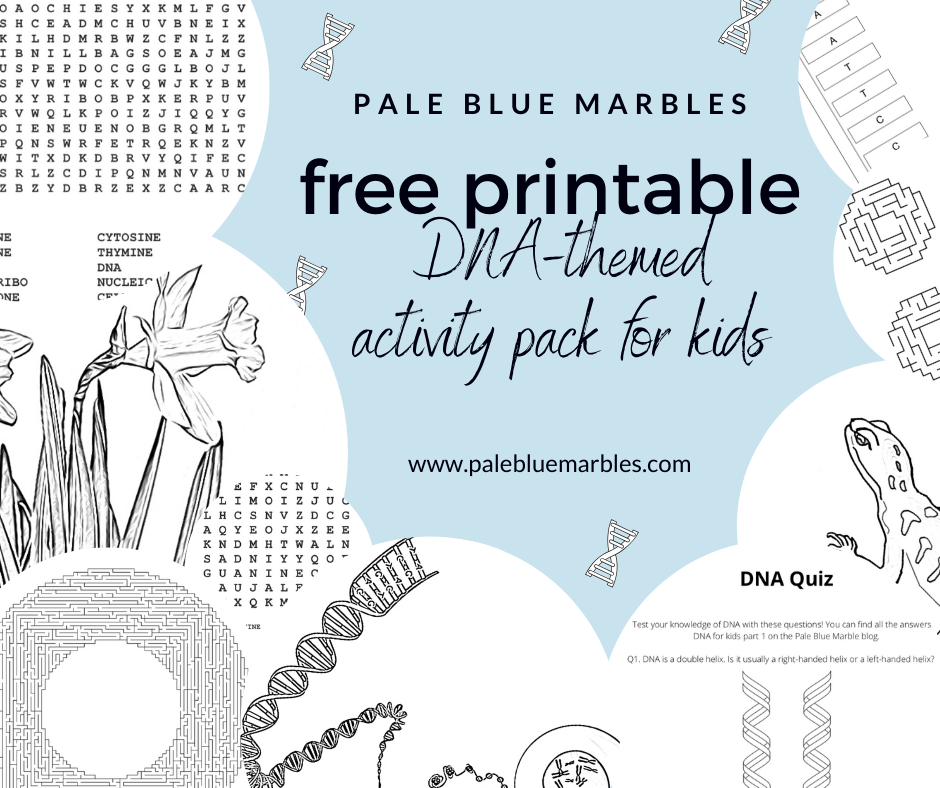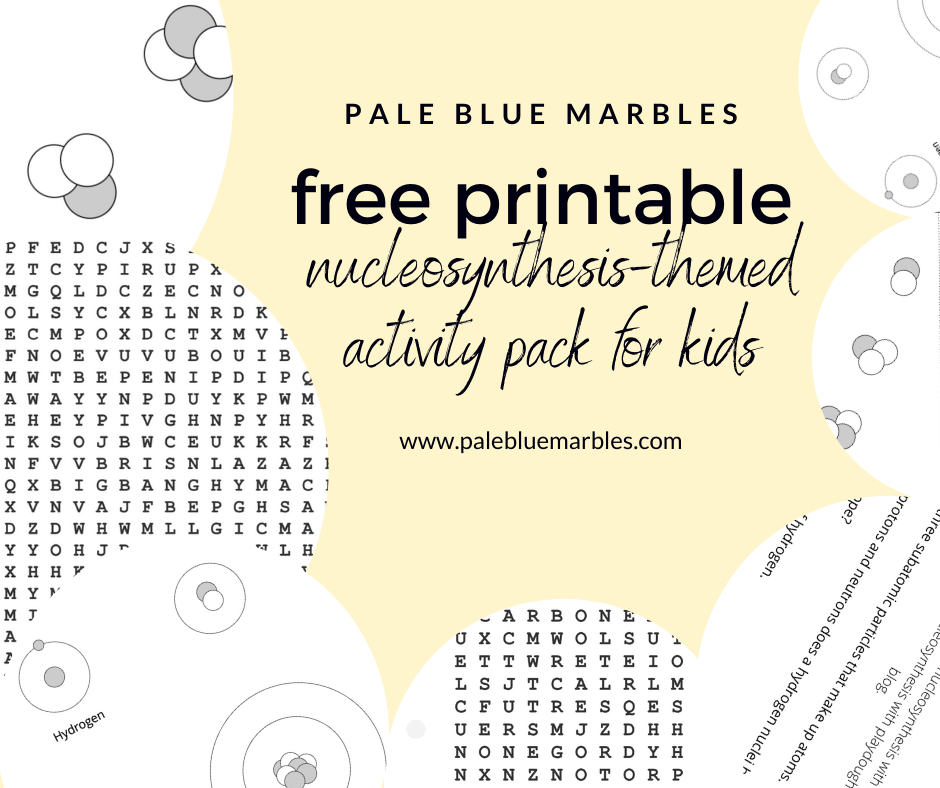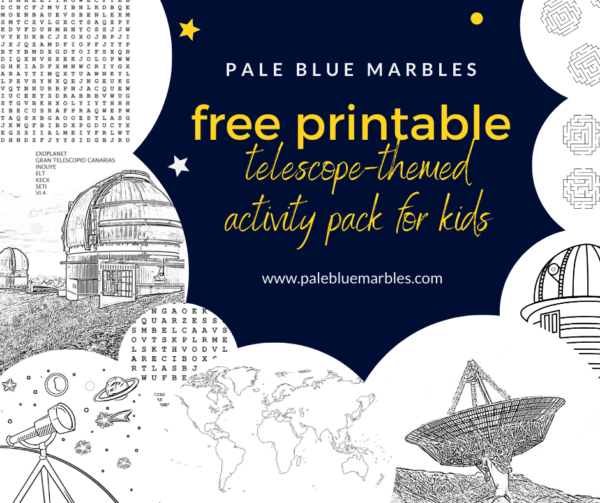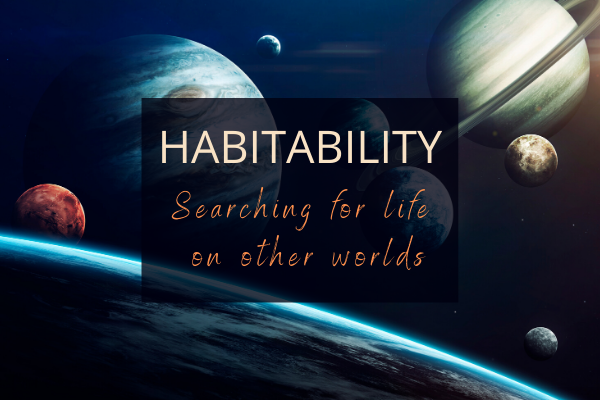What makes a planet habitable? This is one of those questions that lead to hundreds of other questions: each with fascinating and often unknown answers. With so much to cover on planetary habitability, I decided to start a new series: ‘habitability’. It is an exciting topic for curious kids and adults alike!
Look at the world around you.
Whether you are in a city, a rainforest, a desert, or at the bottom of the ocean: you are surrounded by life.
Earth really is a wonderful world.
But there are billions of trillions of other planets out there, sailing around other stars. Are they, too, full of life?
Or are we alone in the Universe?
This is a question that has fascinated humans for millennia, and answering it is at the heart of astrobiology.
We cannot (yet) travel to other worlds to search for life ourselves. And even if we could, there are far too many planets to visit all of them. But what we can do is put our most powerful telescopes on the task. Telescopes have discovered thousands of exoplanets (planets outside our solar system) so far.
With so many to choose from, how do we know which worlds to study for signs of life? To answer this, we first need to know:
What makes a planet habitable?
When I was a child I wrote down my ‘dream job’ description and it was: “figuring out what environments on other planets are suitable for life and what kinds of life can live in those environments”. So I am very excited, some 25 years later, about writing this blog series!
The planetary habitability series
This series will take you and your child on a voyage of discovery, learning what makes life possible – and impossible. It includes short videos to stimulate your child’s curiosity as well as suggestions for discussion topics and hands-on activities for learning through play. It will be a lot of fun!
All the posts
The first post in the series introduces the concept of planetary habitability and takes you on a journey to some of the most inhospitable environments on Earth in search of the requirements and limits of life on our own planet.
Habitability part 1 – what does it mean for a planet to be habitable?
Future posts
Other posts in the series will dive deeper into the different aspects of planetary habitability.
- What kinds of planets have been discovered outside our solar system?
- Could life exist on icy moons?
- What is the habitability of Mars?
- How do we find exoplanets?
- How does the type of star affect a planet’s habitability?
- Is a magnetic field necessary for life?
- How does life survive in extreme environments?
- What conditions are needed for the origin of life?
- Where did water come from?
- How do atmospheres affect habitability?
Do you have any questions about habitability? Let me know in the comments!
Related astrobiology posts
- Read why kids will one day learn astrobiology before their ABCs
- Count the stars with grains of sand to give your child a grasp of large numbers and an idea of how many planets there are in the Universe, some of which might contain life
- Read some nature-inspired poems with your child to cultivate an appreciation for our home planet and the life it supports
- Learn about the blueprint for life in my ‘DNA for kids‘ blog series – start with ‘what is DNA and why is it so amazing?‘ and then try building a model of DNA or extracting real DNA from an apple.
- Discover the cosmic origins of your atoms using playdough.
Join the journey
Follow me on:
- Twitter where I share astrobiology-related fun.
- Instagram where I post behind-the-scenes photos and thoughts.
- Pinterest where I collate pins related to astrobiology, science humour, space art, science cakes, and learning from around the web.
- Facebook for latest posts, science jokes and a weekly dose of Sunday sunshine.
Sign up for email updates and get free printable astrobiology activity packs that I create to supplement my posts: puzzles, colouring pages, worksheets and quizzes.



